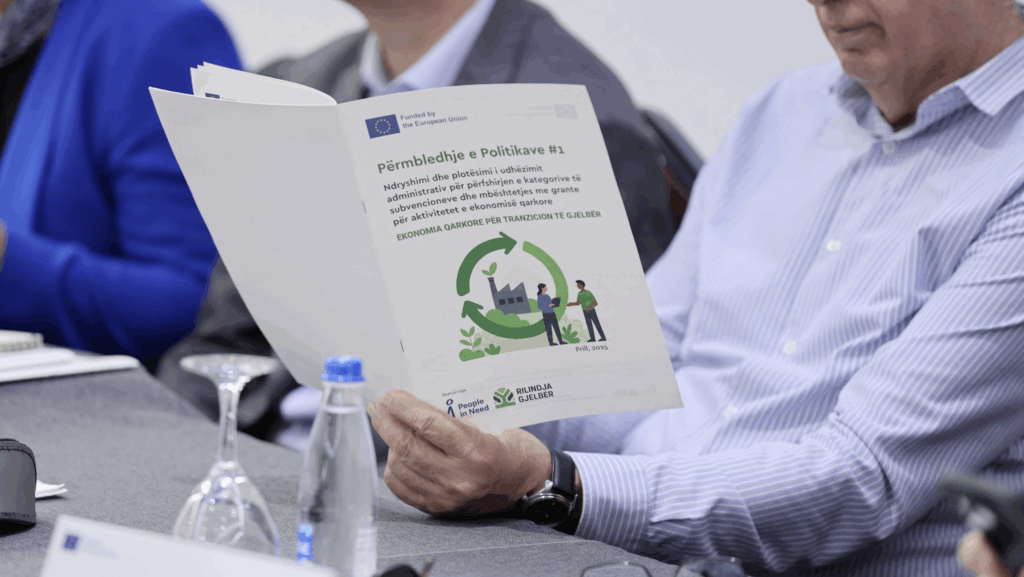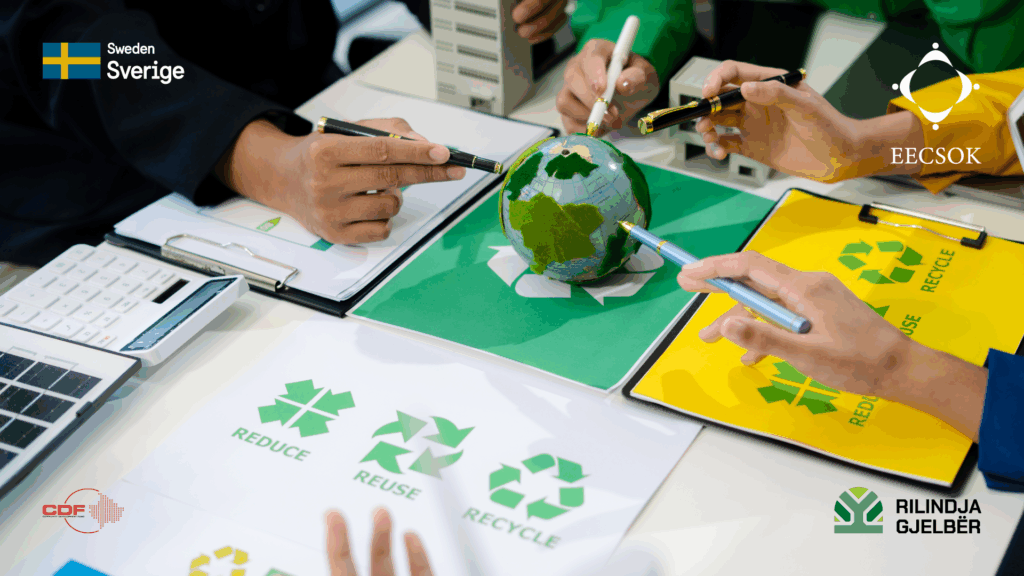How the Bottle Return System Improves Recycling and Reduces Waste
Introduction
The bottle return system, also known as a deposit-return scheme (DRS), is a widely used approach to encourage recycling and reduce waste. This system works by charging a small deposit fee when consumers purchase bottled beverages, which is refunded when they return the empty bottles to designated collection points.
Countries that have implemented bottle return systems have seen significant improvements in recycling rates, a reduction in plastic pollution, and increased participation in circular economy practices. The system benefits consumers, businesses, and the environment by keeping materials in circulation and reducing landfill waste.
How the Bottle Return System Works
The bottle return system follows a simple but effective process:
- Purchase with Deposit Fee – When a consumer buys a plastic, glass, or aluminum beverage container, they pay a small additional deposit fee (e.g., €0.10 to €0.25 per bottle).
- Consumption and Return – After consuming the beverage, the consumer returns the empty bottle to a collection point, which could be a reverse vending machine, supermarket, or dedicated recycling center.
- Refund Issued – Once the bottle is returned, the consumer receives a refund of their deposit, either in cash or store credit.
- Recycling and Processing – The returned bottles are collected, sorted, and sent to recycling facilities, where they are processed into new bottles or other products, completing the circular economy cycle.
Benefits of the Bottle Return System
Increases Recycling Rates
One of the biggest challenges in waste management is low participation in recycling programs. A deposit-return system creates a financial incentive for people to return their used bottles instead of throwing them away.
Example:
In Germany, which has one of the most successful DRS programs, the return rate for plastic bottles is over 97%, preventing millions of bottles from ending up in landfills or oceans.
Reduces Plastic and Glass Waste in Landfills
When bottles are not properly recycled, they end up in landfills, where they take decades or even centuries to decompose. A bottle return system ensures that bottles are collected, sorted, and reused efficiently, keeping them out of waste streams.
Example:
In Norway, over 95% of PET plastic bottles are collected and recycled through their deposit system, drastically reducing waste disposal and pollution.
Cuts Down Litter and Pollution
Plastic bottles are one of the most common types of litter found in streets, parks, and oceans. By offering a monetary incentive, bottle return systems reduce littering, as people are more likely to collect and return bottles instead of discarding them.
Example:
After implementing a bottle deposit system, Lithuania reduced plastic bottle litter by 93%, making cities and natural environments cleaner.
Supports a Circular Economy
The circular economy aims to keep materials in use for as long as possible. The bottle return system ensures that bottles are collected, cleaned, and processed into new products, rather than being used once and discarded. This reduces the need for virgin plastic production, which helps conserve natural resources and lower carbon emissions.
Example:
The Netherlands’ bottle return system has enabled beverage companies to use 100% recycled PET (rPET) for new bottles, reducing reliance on new plastic materials.
Creates Jobs and Economic Opportunities
A well-functioning deposit-return system supports local economies by creating new jobs in collection, sorting, and recycling industries. The increased demand for recycling infrastructure and processing facilities results in employment growth.
Example:
The Swedish bottle return system has generated thousands of jobs in recycling centers, logistics, and waste management, contributing to economic stability while improving environmental outcomes.
Challenges and Solutions in Implementing a Bottle Return System
One of the main challenges in setting up a bottle return system is the lack of infrastructure for collecting and processing returned bottles. Many countries struggle to establish enough collection points, reverse vending machines, and processing centers, making it difficult for consumers to return their bottles conveniently. To address this, governments and private sector partners can invest in automated return stations placed in high-traffic areas such as supermarkets, shopping centers, and public transport stations.
Another challenge is low consumer participation, especially in areas where bottle return systems are newly introduced. If the system is not well-communicated or if return locations are inconvenient, people may not be motivated to return bottles. Increasing the deposit value and offering varied return options—such as cash refunds, store credit, or charity donations—can encourage more people to participate. Public awareness campaigns and school education programs can also help change consumer behavior over time.
Initial setup costs can be a barrier to implementation. Establishing a large-scale bottle return system requires investment in logistics, technology, and recycling facilities. However, successful programs in countries like Germany and Norway show that costs can be offset over time through the revenue generated by unclaimed deposits, recycling fees, and reduced municipal waste management expenses. In many cases, governments collaborate with beverage companies and retailers to share investment costs and ensure long-term economic sustainability.
A bottle return system is one of the most effective tools for boosting recycling rates, reducing waste, and promoting a circular economy. By placing a monetary value on used bottles, consumers are encouraged to return and recycle instead of littering.






